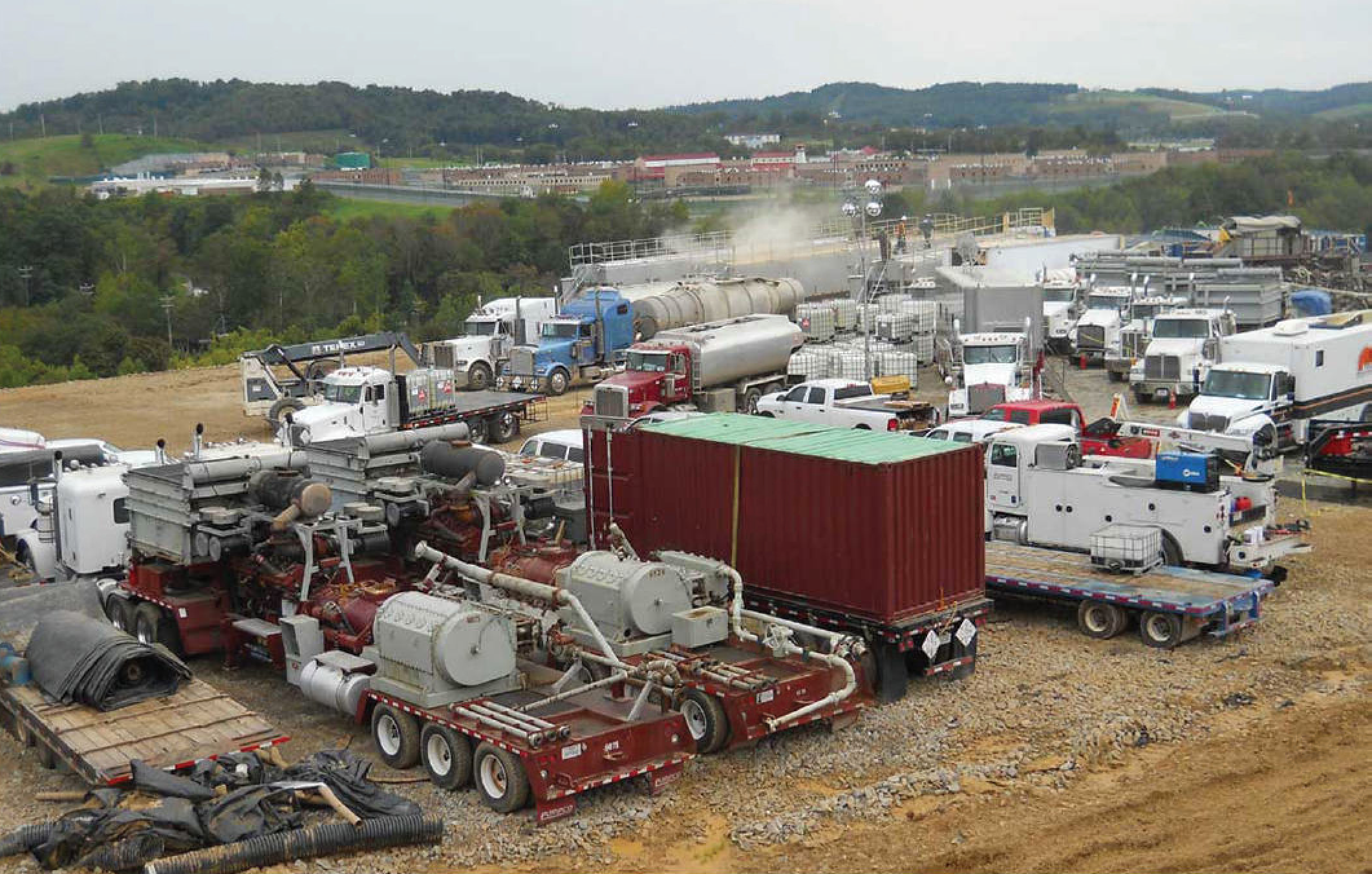February 2018, Vol. 245, No. 2
Features
Addressing the Labor Shortage, Production Cost in the Shale Boom

Shale drillers are scrambling to take advantage of the recent surge in oil prices, but the cost of production could begin to creep up, offsetting some of the promised gains.
In a sign that shale companies are gearing up with WTI in the mid-$60s, the oil rig count jumped by 10 last week, the largest weekly gain since June of last year. Meanwhile, the Energy Information Administration (EIA) recently upped its forecast for U.S. oil production, predicting the U.S. would average 10.3 MMbpd this year, an increase of nearly 300,000 bpd from last month’s forecast.
With the shale industry firing on all cylinders, all signs point to massive production growth. The EIA sees the U.S. topping 11 MMbpd by the end of 2019.
But one mitigating factor could be a rebound in production costs. Much of the “efficiency gains” that the shale industry has achieved over the last few years has come at the expense of oilfield services (OFS) companies. Shale companies have improved drilling techniques quite a bit, but they have also demanded lower prices from contractors for rigs, equipment, completion services, frack sand, and a long line of other drilling services.
That has led to lower break-even costs, but only because of the brutal cuts absorbed by oilfield services companies. As drilling activity dropped, OFS companies had little leverage – better to cut prices for services than to receive no work contracts at all.
But with drilling activity picking up, and consolidation in the OFS industry, service companies are regaining some leverage and are looking to scale back the discounts offered to oil producers. Moreover, more than 400,000 jobs were eliminated in various parts of the oil sector over the last few years, and the worst-hit segment was oilfield services. Some of those workers have transitioned to other industries, leaving the labor market strained, which could help boost worker pay — and push up the cost of production.
Last year, anecdotal evidence suggested that the sharp increase in the number of drilled but uncompleted (DUC) wells was driven, at least in part, by a shortage of fracking crews. Those crews began charging more for their services.
But oil prices have climbed at a much faster pace than the prices for services. Forbes recently pointed to the case of Nabors Industries, which owns the largest land drilling rig fleet in the word. In the third quarter of 2017, Nabors saw the profit margin on its rigs decline compared to a year earlier, despite a significant increase in demand for its rigs and higher oil prices.
Rates for services are much stickier than oil prices. OFS companies are trying to renegotiate fees, but it has significantly lagged the rally for crude. That may change this year, however, as the market for labor and rigs continues to tighten. The unemployment rate in Midland, Texas, fell below 3% late last year.
“It’s a bit tougher to get the labor that you need because of the increase of demand for rigs, for labor,” Azlin Ahmad of Argus Media said.
The DUC list is larger than it has ever been, hitting 7,354 in November 2017, up from 5,674 at the start of last year. Shale companies are going to want to work through that backlog this year, particularly with WTI up in the $60s, which means they are going to call OFS companies. They might find that the cost of completions is going to be higher than they thought.
“It will be interesting to see how cost inflation plays out against productivity gains in 2018,” said Jessica Brewer, principal upstream analyst at Wood Mackenzie.
While the magnitude of the cost increase remains to be seen, it should be a better year for OFS companies. “The global oilfield services industry, meanwhile, will continue its recovery from the oil price slump in 2018, though the health of the sector will remain frail. Higher use of equipment will help improve pricing,” Moody’s Investors Service wrote in a statement Jan. 2.
There are still plenty of hurdles for OFS companies, Moody’s says, and the OFS industry “will face ongoing pressures from customers, reactivation and upgrade expenses, and higher labor costs.”
A recent survey of U.S. oil producers by Barclays finds that 90% of the companies expect costs of production to rise in 2018. Nearly two-thirds of respondents expect costs to rise by up to 10%. Notably, these figures were based on an assumed oil price of $55 per barrel, quite a bit lower than the prevailing price of WTI today





Comments